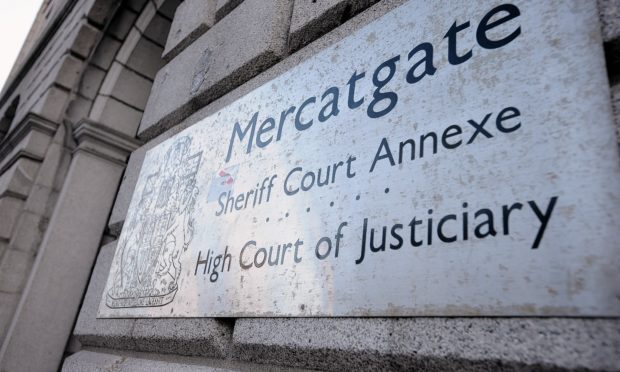An eye doctor has become the latest expert witness to say he believes a young girl left bleeding from her brain and eyes was shaken.
Babysitter Syeda Sokina Begum is alleged to have “repeatedly shaken” a baby left in her care on New Year’s Day in 2017, placing the child in danger of her life.
The 29-year-old, of Headland Court in Aberdeen, is fighting the charges against her during a trial at the High Court in the city.
>> Keep up to date with the latest news with The P&J newsletter
Earlier this week, a consultant neurosurgeon was drafted in as an expert witness and said the baby was “most likely” left in the “floppy and unresponsive” state after being shaken.
And yesterday, consultant paediatric opthalmologist, William Newman, supported that version of events as he gave his own expert testimony via a video-link from Liverpool.
Dr Newman, who specialises in eye problems related to brain injuries, performed in-depth research on what caused the baby to suffer the retinal haemorrhages she was left with.
The 56-year-old medic said: “There was no disclosed history of trauma that would explain that, or medical findings.
“These are seen following a shaking type of injury. They were most consistent with receiving that type of injury around the time she became acutely ill.”
The court heard that, 10 minutes before collapsing, the baby was happily playing with Begum – who was “throwing her up in the air and catching her”.
The accused told investigators that the infant was then left unattended and supported by a pillow, before being discovered “gasping for breath”.
Advocate depute Martin Richardson questioned Dr Newman on whether the baby’s eye injuries could have been caused by “bouncing or play”.
Dr Newman said: “There are multiple haemorrhages on layers of the retina. You don’t see that following short falls.
“There were widespread retinal haemorrhages extending from the back of the eye to the front of the eye, around 360 degrees and too numerous to count.
“The force required to cause this would not be produced by such actions.”
Dr Newman noted that there was “no sign of external trauma” to the child’s skull and also ruled out that the injuries could be the result of a pre-existing condition.
Defence advocate Frances Connor, however, suggested that the expert evidence was based only on “educated guesswork” and that the child may have suffered the eye injuries at an earlier date.
She questioned the accuracy of background reports provided to doctors by the baby’s parents, after Dr Newman pointed out that parents of a child with vision problems would “normally” report their concerns to doctors.
The lawyer said: “That would rely on parents appropriately responding to a baby who was not acting normally.”
The trial, before Lord Uist, continues.

